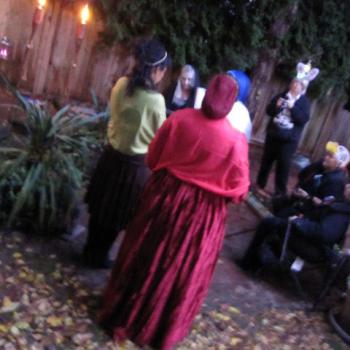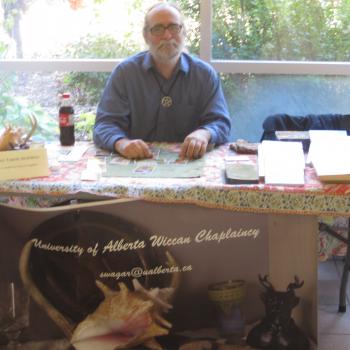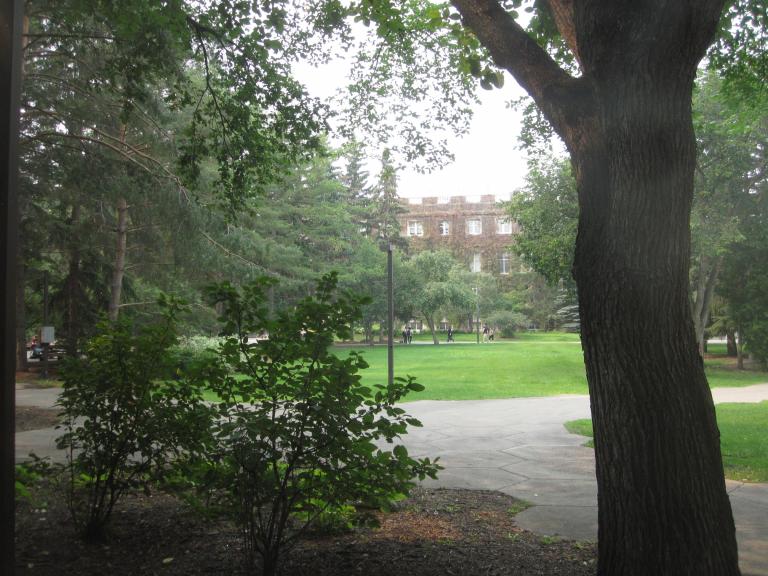
A mission of social, personal, and religious transformation cannot be accomplished by simply maintaining what we have already or by continuing to only relate to our in-groups. We must aim toward growth in numbers and in influence. This must be true at every level from the individual through the small groups, temples and religious movement as a whole, although most pronounced at the temple level, where the bulk of services are delivered to the public and the members.
Groups should be set up to multiply as soon as it is organically feasible and possible. Leadership should be trained to lead and to build new groups, and group structure should focus on outreach and fulfilling our mission rather than simply maintenance. We must broaden and deepen our leadership base, identify and mentor lay leaders and clergy candidates, and view our current situation as a step toward the future.
All leaders need to begin with the mission of the group, and constantly refer to it. This mission is not the mission of an individual but is a calling to the whole group. Clergy leaders fit into five main roles: Missional dealing with strategic issues, Visionary concerned with discerning the wills of the gods, Outreach with recruitment, Care in creating a loving and spiritually mature network of relationships, and training people to care for each other in a spiritually grounded way, and Teaching who focus on discernment, guidance, and deepening religious understanding and self-awareness. Organizational lay leadership concerns itself with membership records, money and fundraising, and the nuts and bolts of renting meeting space and organizing volunteers.
Gathering together resources enough to pay the rent and engage in outreach is a practical key. Financially exploiting members or expecting the clergy and Board to pick up any shortfall is not viable or ethical. A temple that is growing in members and activities will attract more resources and be self-sustaining. An average attendance at open circles of thirty to forty people and about twenty-five full voting members is enough for a volunteer-run group.
Clergy training and seeding of new groups is more effective with centralized support in the areas of liturgy, training resources, charitable and book keeping, and travelling teachers and other institutional support. Bringing together temples into provincial or regional associations pulls together more of these resources.
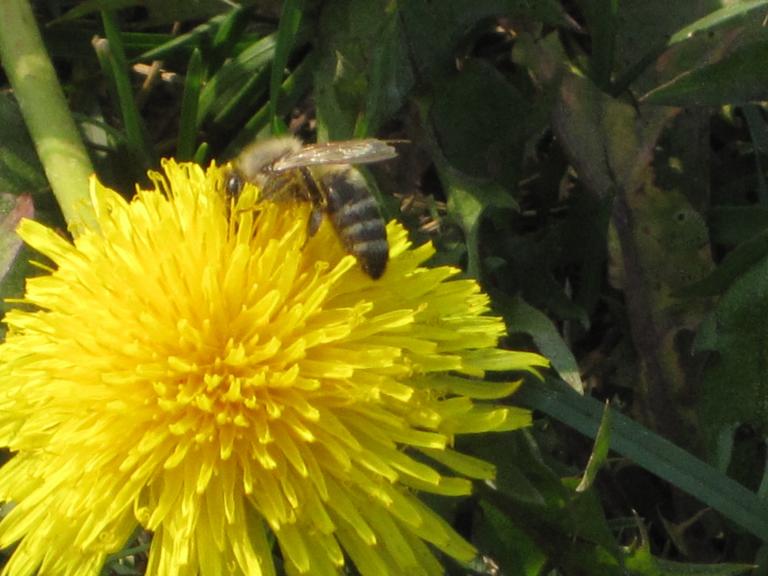
A regional office will often be the first contact point for individuals looking for a group to learn from or work with. As well, all temples will keep a record of attendance and send it to the central office, including the contact information of visitors to their rituals. From these contacts the provincial office can organize visits of traveling priesthood to encourage the seeding of new groups in areas where numbers warrant. And, if a group falls apart, the provincial office will be able to keep in contact with the people of the group and provide resources to encourage the formation of new worship groups from the ashes.
The regional office and travelling priesthood should be proactive, looking for potential member groups and contacting them with information in a friendly exchange. Groups can be part of the broader Wiccan movement or the broader Pagan stream but not interested in joining forces with us and still be allies and friends around specific initiatives and projects.
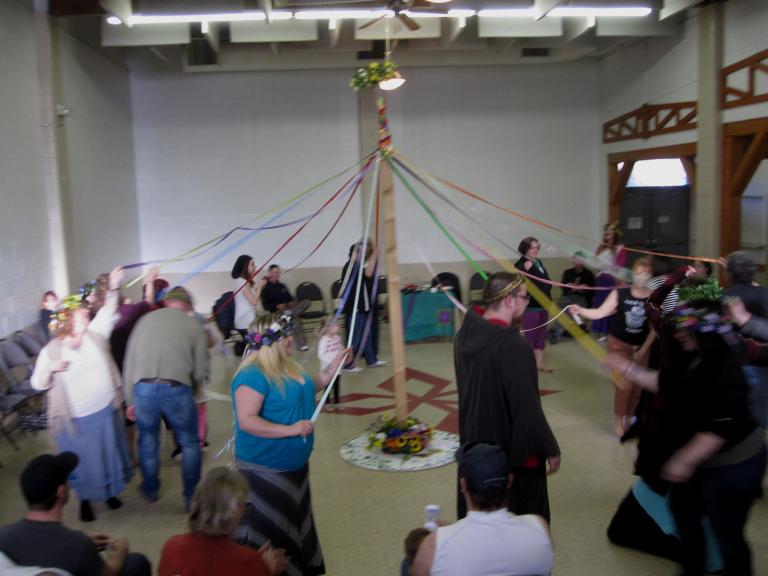
Groups must self-finance, to the extent possible, the travel expenses of bringing in specialized assistance and training during the period of seeding temples in new areas. A pool of clergy recognized and authorized to do this work should be identified and be extensively and regularly involved in planning and outreach efforts, in assisting new groups to bud off existing temples as well as forming new ones in areas where they are absent. In areas where there are already groups outreach responsibilities will be shared between them and the provincial body. The travelling priesthood also will mentor the clergy in their area of responsibility and be available to them even after their Ordinations.
Seeing our association as self-initiating, reproducing, fully-devoted small groups and Priestesses and Priests of their Gods, reproducing leaders, temples and broader movements all based on shared foundational beliefs and held together through personal ties and conscious networking, mentoring and discussion, means seeing it as a institutional outgrowth of a dynamic and fluid movement rather than a static assortment of hierarchic structures. Each group is pregnant with the seeds of other groups and new communities.
The most important means of growth must always be through people already involved in the temples. People are attracted to people more than they are to ideas. People go where their friends are. So, community building and strengthening is important to both attracting and keeping people – the temples must be caring environments which give tangible spiritual and personal support to the members. There must be measurable benefits to belonging, benefits only available to members. At the same time members must be encouraged to be engaged with their families and their communities in tune with our values. This means that our influence reaches out into the larger world to improve it, and that people we are in contact with can freely come and check us out and become involved if they wish.
There should be people that have a special responsibility to speak to newcomers at our temple meetings, so they’ll feel welcomed and have a person to ask questions of, and not only the clergy people. There also should be public spokespeople, mostly clergy members, who deliberately seek out opportunities to talk with media and groups in the community.
The most effective recruitment moves through pre-existing social networks. People come to check out the temple that their friends and family belong to. For this reason, it produces less growth if a group focuses principally on befriending lonely and isolated newcomers to the community. It is important to have a public presence so that people who are looking for us can easily find us.
At the very start of all training the obligation for outreach and future growth must be planted in our temples, groups and leaders. We must be constantly out of our comfortable homes acting in the world as the expression of that 5th element, of spirit. The idea of religious service is vital here – service to ones Matron and Patron deities as well as friendly recognition of other Gods, and service to the future needs of Their people.









